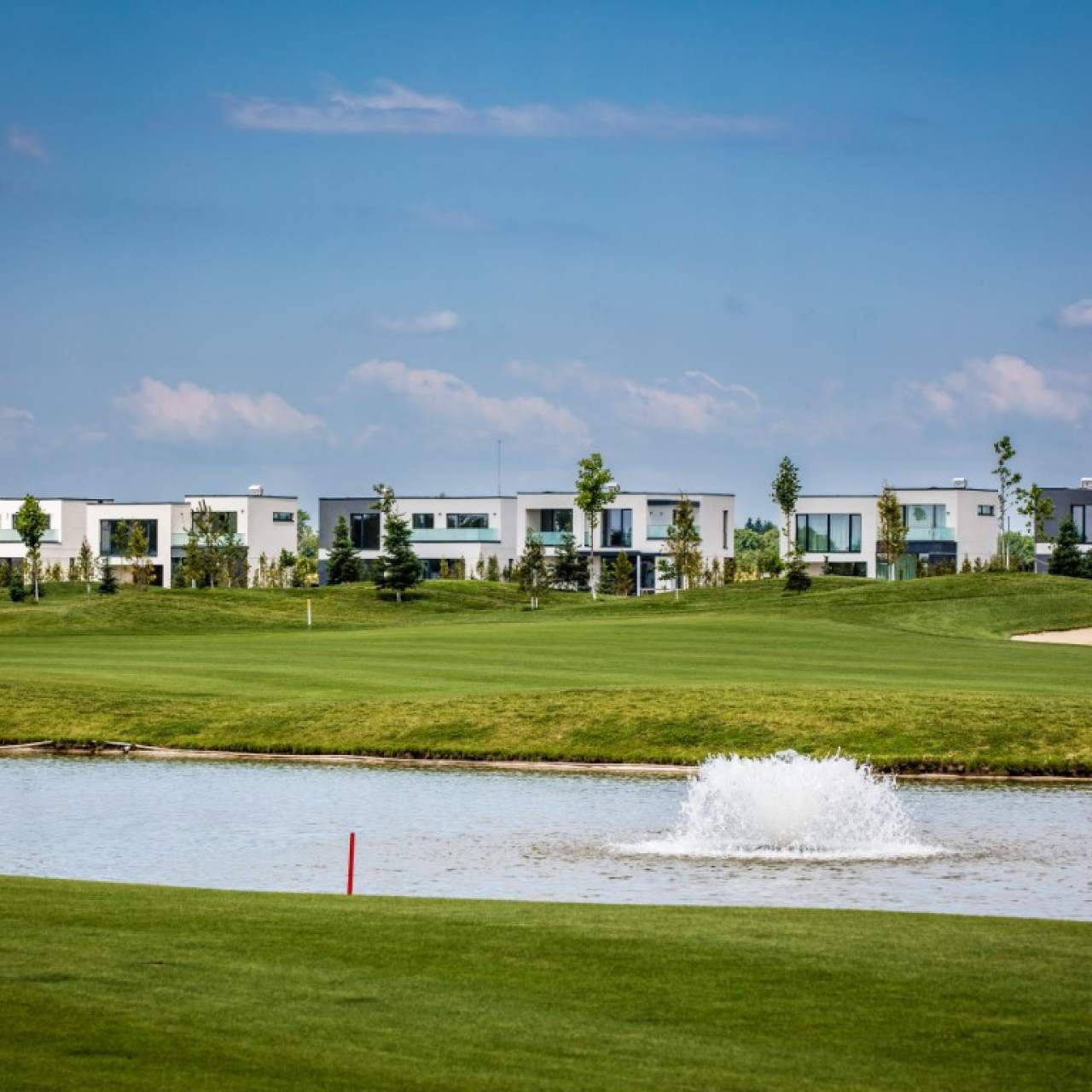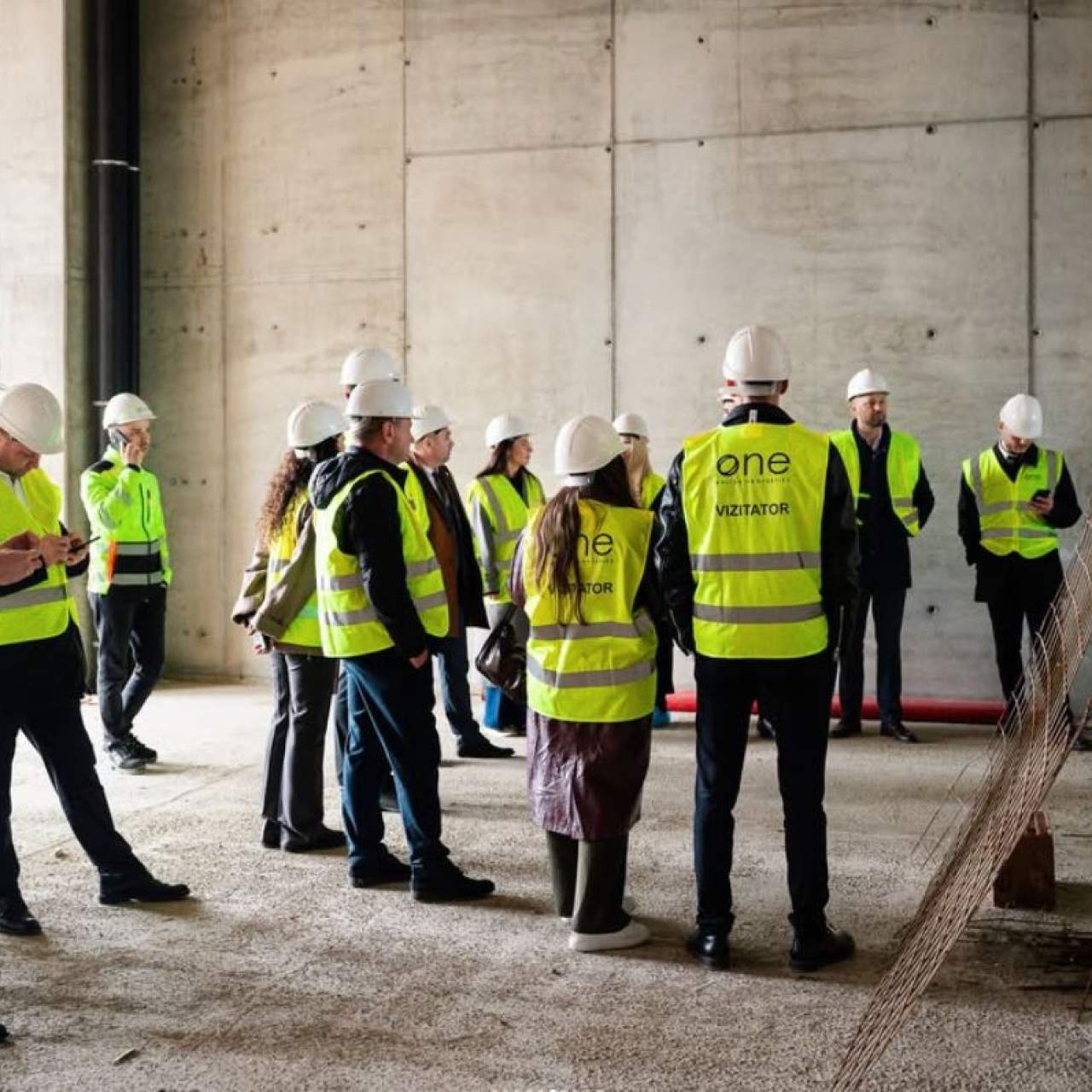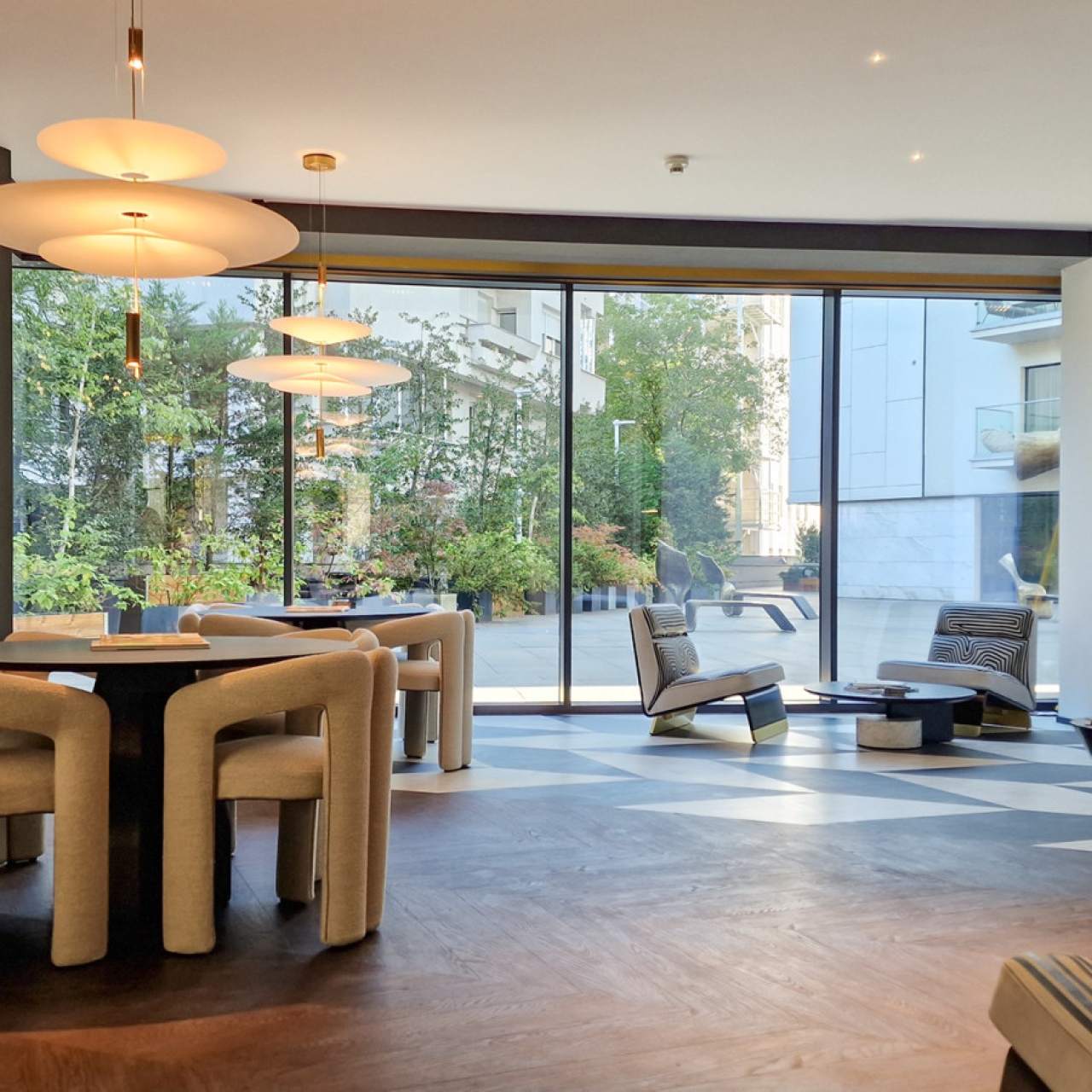
Visual experiences in Bucharest
Whether imposing buildings, erected by the great architects of the time, or a simple staircase transformed with the help of a few tubes of paint into a real touristic destination, Bucharest does not lack memorable and “instagramable” places.
Where can we visit them?
House of Scientists
Located in Alexandru Lahovari Square, Casa Assan belonged to the engineer and industrialist Bazil G. Assan, a personality who certainly stood out, being, for example, the owner of the first car in Bucharest and the first Romanian to make a trip around the Earth. The house was built in French neoclassical style, between 1906-1914, according to the plans of the architect Ion D. Berindey. It has a spectacular secondary entrance, through the prism of a double, circular, staircase, with ornate railings made of wrought iron. The interior is not to be missed either, housing five meticulously decorated halls – the Hall of Mirrors and Chandeliers, the Edison Hall, where a chandelier and an Edison lamp were installed, the Chess Room, the Council Room, and the Zodiac Room, equipped with a stained-glass window showing the zodiac signs. There is no shortage of stained-glass greenhouses, considered a luxury in those days. Starting with 1945, with the concession of the building by the Romanian Academy, the monument became known as the House of Scientists.
Post Office Palace
Completed in 1900, after six years of work, the Post Office Palace houses within its walls one of the most important museums in the country – the Romanian National Museum of History. To elaborate the plan of the building, done in neoclassical style, the architect Alexandru Săvulescu embarked on a journey through the great European capitals, such as Paris, Vienna, and Budapest, to see how other constructions with the same destination were designed. Notable personalities were present at the opening ceremony of the site, including King Carol I himself, together with Prime Minister Lascăr Catargiu. For seven decades, the Romanian Post operated here. Since 1972, the building, located on Calea Victoriei, opposite the CEC Palace, has served as the headquarters of the National Museum of History. The monument stands out especially through the ten Doric columns and the imposing domes.
Macca-Villacrosse Passage
Developed to build a bridge between the National Bank and one of the most important commercial arteries in the Capital, the Macca-Villacrosse Passage is today one of the historical monuments of Bucharest. The one who made the sketches of the project was the architect Felix Xenopol, who gave it the shape of an elongated horseshoe, thus managing to unite Calea Victoriei with both Lipscani Street and Eugen Carada Street. Stucco ornaments, stained glass, a series of sculptures, and glass plates in shades of yellow were used as decorative elements. Today, the passage houses various restaurants, cafes, and shops. Two other similar buildings, also starting from Calea Victoriei, are the English Passage, in which the English Hotel once functioned, and the Victoria Passage, where, as a ceiling, strings of umbrellas in all colours are hanged.
Arthur Verona Street
One of the most colourful areas of the city, Arthur Verona Street has a lot of places that invite you to admire them or, why not, to cross their threshold. What can you do here? A “cultural shopping” stop at the Cărturești bookstore, a relaxing break at Café Verona, or a photoshoot next to the urban street artworks, consisting of meticulously made graffiti, periodically renewed, but always just as nonconformist. In addition, at the intersection with Alexandru D. Xenopol Street we meet the only Anglican church in Bucharest. The Street Delivery festival, one of the most bohemian events organized in the Capital, also takes place on the street named after the painter Arthur Verona.
The Stairs of Happiness
Next to one of the most idyllic teahouses in Bucharest, located in the Cotroceni neighbourhood – Infinitea – is the so-called Stairs of Happiness. The steps, which start from Dr. Grigore Romniceanu Street, attract many visitors through the bright painting in strong shades, of the rainbow colours, managing to transform a common staircase into a real tourist attraction.
One United Properties Developments
Along with the top facilities of its developments, One United Properties also puts a special emphasis on the external elements, to offer the community a 360 urban experience. Few know, for example, that in One Herăstrău Park visitors can enjoy a unique artistic experience even if they do not own a property there. This is a sculpture created especially for this development by Jull, a Spanish artist of Polish origin. The art piece can be visited and photographed by those in the area, as it is exhibited in the centre of the residential space, located a few minutes from Herăstrău Park and Lake Floreasca. Through this work, Jull chose to render the theme of creation – a hand that protects the Globe – stating that “the hand is the most important part of this piece. It is like the hand of an artist, who gives birth… The hand is the Universe that created the Earth. The whole ensemble is a symbol of the balance between humanity and its Creator…”. The garden of One Floreasca City complex is also the ideal place where the inhabitants of Bucharest or the tourists alike can enjoy arrangements in different themes, specific to each season. From the enchantment of Christmas trees decorated with hundreds of lights and the Nutcrackers in impressive sizes, to the spring backgrounds or the classic Halloween pumpkins, every season creates the perfect setting for the perfect selfie.
Data for this article was obtained from urban.ro, primarie3.ro and wikipedia.org.
Inspired by the article?
Explore apartments in neighborhoods worth discovering:


